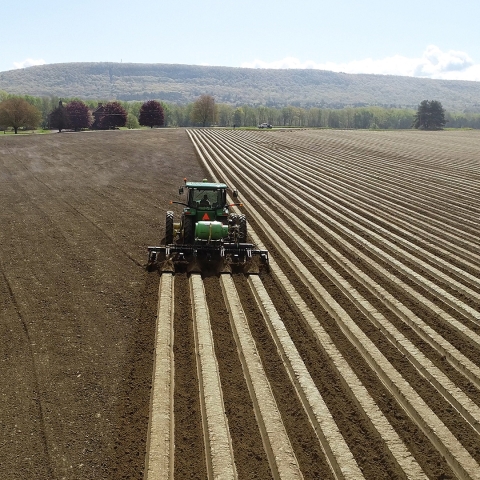
What leads a potato producer to use a soil fumigant? Typically, it’s a soil pathogen, nematode, or an unfortunate combination of the two (ex. early die complex in potato) which will often limit the yield potential of the crop. The decision to use a soil fumigant hasn’t always been a popular one, mainly due to the negative perception of what we thought soil fumigants did once injected into the soil. However, with some advanced technology and the ability to unlock some of the secrets in the soil microbiome perhaps some of those perceptions have been misguided. Those trends are painting a clear picture of certain beneficial organisms rebounding very quickly post fumigation and even exceeding pre-fumigation levels. This abundance of organisms can and does have a positive impact on growth development and plant health. So, what if soil fumigants could be used to enhance crop development in a number of crops?
Recently the team at TriEst Ag Group embarked on a series of trial studies looking into some crops that have historically not used soil fumigants to see if we could see a growth response. What we have discovered is a remarkable response to the use of chloropicrin in crops such as green beans. The trial in green beans showed fumigation with chloropicrin is creating a soil microbiome shift that is selecting for beneficial organisms that support early plant growth and vigor (hard evidence for Trichoderma). The results of this study were very successful with crop vigor and uniformity being significantly better in fumigated treatments.
The results are in the field. To learn more about what chloropicrin and other TriEst growing solutions can do in your field read about just a few of our many trials in the Ag News section of our website. {Sponsored Content.}
